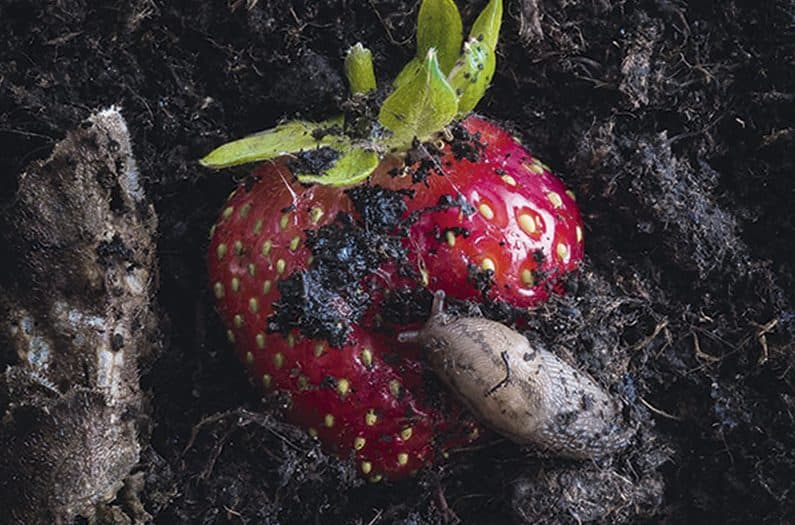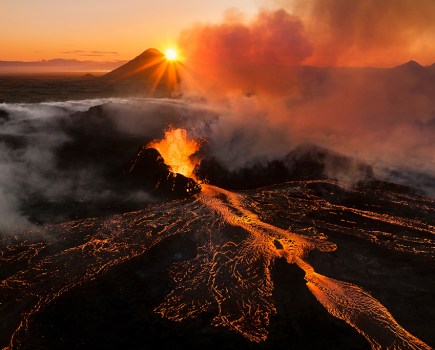As overall APOY 2016 champion, Penny wins three Sigma lenses – a 24mm f/1.4 DG HSM Art, a 50mm f/1.4 DG HSM Art and a 105mm f/2.8 EX DG OS HSM Macro – worth more than £2,200. To see more of Penny’s images, visit her website at www.strangelightphotography.com
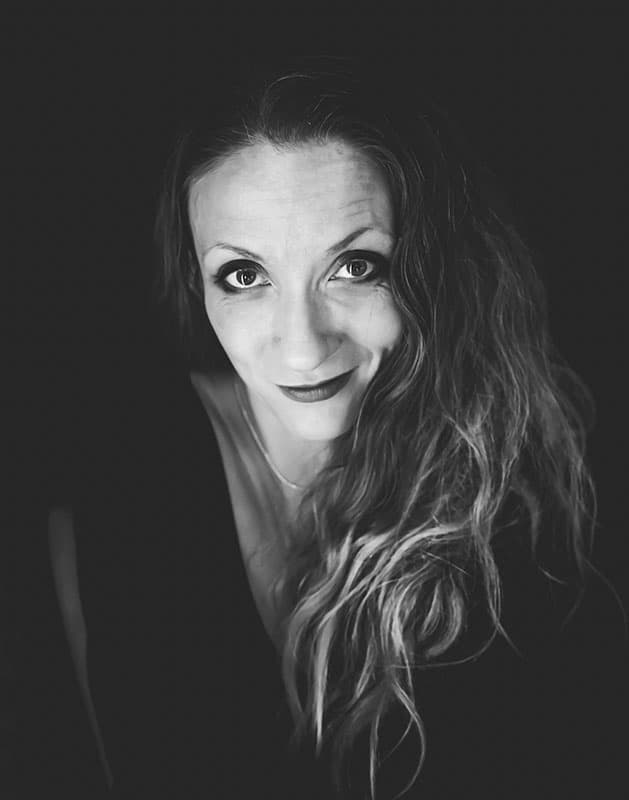
Penny Halsall APOY 2016 winner
Were there any rounds in this year’s APOY that you found harder than others?
Without a doubt it was street photography (round 7). I’m someone who tends to plan images, whereas I believe successful street photography is an art in itself. It relies on the talent to combine a story with great composition and lighting, and being in the right place at the right time. Wildlife photography poses similar restrictions. So any round where I couldn’t plan my image I found hard. Thankfully there was no sports round this year.
Do you have a favourite image that you entered?
My favourite is nearly always the last image I took. Despite what I just said, I’m rather fond of my street-photography image. I’ve photographed this local hangout a few times, as it is somewhat of an oasis at night. All the other buildings around it are dark, and this Chinese takeaway is always bright, emanating wonderful smells of garlic, sweet-and-sour chicken and chips. I wanted to get the light trails from the traffic for movement and life, and give the feeling of warmth and sanctuary.
The macro entry (round 5), which was my seven-year-old wedding bouquet, is also a favourite as I love the subtle colour and texture. I found the bouquet while clearing out a cupboard. It brought to mind the old Dutch oil paintings that depict flowers and bowls of fruit, but also suggest decay and the fragility of life and its symbolism.
Another favourite is my entry for the black & white round (round 8), the beach at Spey Bay. I love puddles as they reflect the sky, and give you a sense of infinity where the reflection is the whole sky and beyond. It is also wild and windswept, and I am always searching for dramatic and atmospheric locations.
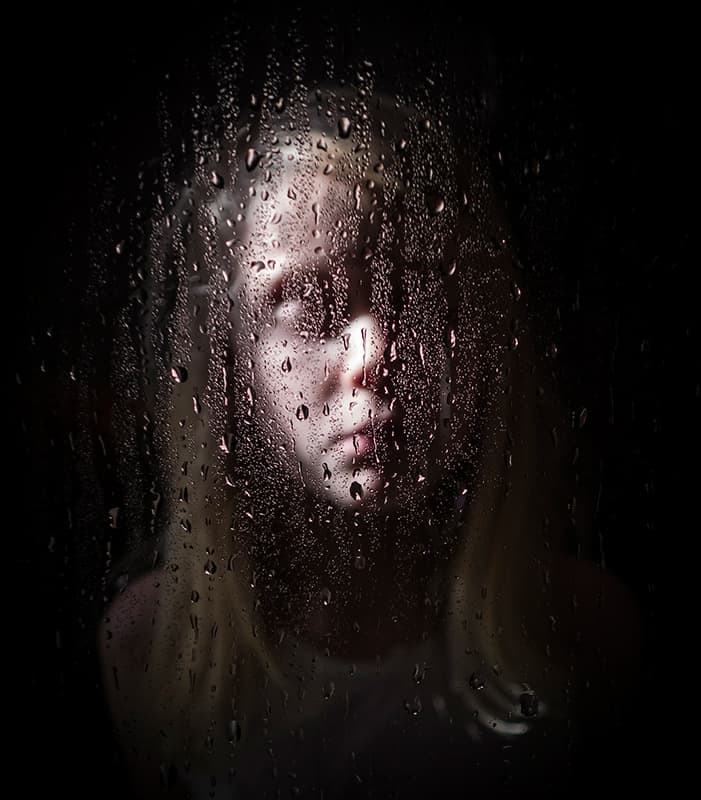
Round 1 Abstract 44 points
Looking back on your photography, what is the most valuable lesson that you’ve learned?
It is imperative that you stay true to your style and your intended vision. However, moving out of your comfort zone can also be rewarding. One of the reasons I started to enter APOY was to broaden my creative horizons. My favoured style tends to lean towards being rather bleak, abstract and surreal, and I wanted to see how far I could stretch those themes and how it would apply to wildlife photography, or portraiture.

Round 2 Wideangle no points
Do you think failures are as important as successes? Can give me an example of this from your work?
I have a collection of hard disks with hundreds, maybe thousands, of images on them. Many of them are failures, but I still keep them. I find it useful to go back to images or locations that I’ve attempted to photograph and work out why they didn’t work. I’m also an image hoarder. The beauty of time and practice is that it can sometimes bring enlightenment, and the solutions eventually come to you. More often that not, however, you realise you may just be flogging a dead horse. There’s an old barn in a nearby village that I’ve photographed many times, but I’ve never brought home the image I want so I’m close to giving up now. My holiday snaps also leave a lot to be desired.

Round 3 People 40 points
How do you set about planning an image?
I focus on the story, the narrative and the atmosphere I want to convey. From there I start planning the lighting, the prop or the location. I believe the technical aspects are essential to being able to achieve a desired effect. I’ll think about my choice of lens and the role aperture, speed and light play. I enjoy using experimental techniques, time exposures and unusual lighting, for example. Although photography tends to be a medium where reality is documented, I find I want to steer away from that and create an image that would not naturally occur.

Round 4 Wildlife 22 points
Are you a photographer who visualises a scene and has a clear idea of what you want to achieve?
Absolutely. I want my images to tell stories. I love the idea that an image can ask the viewer to question what they are seeing and their outlook on their environment, or prompt memories – even uncomfortable ones. This requires me to plan and visualise the image as you intend others to see it.
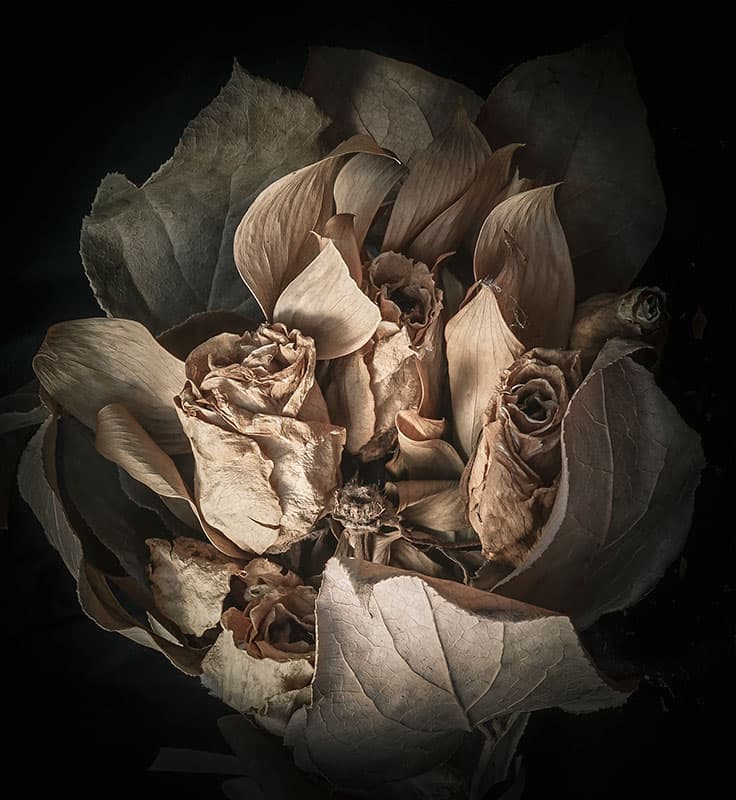
Round 5 Macro 48 points
Are there particular conditions that you tend to favour, such as certain weather or light?
I like winter and the colder months for outdoor photography. I find the light more interesting. It has a diluted feel with stripped-down trees where textures stand out, with greater contrast. Autumn and winter also bring interesting weather conditions that provide more theatre – who doesn’t love a dramatic sky? I steer away from bright sunny days and midday sun.
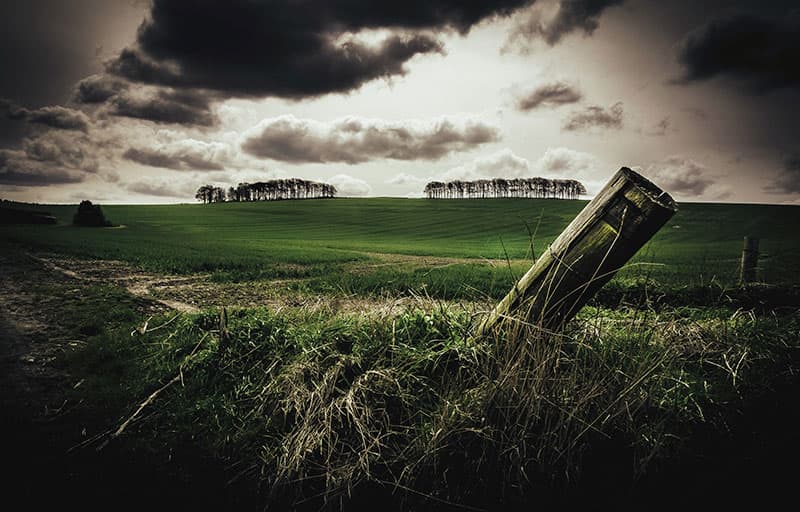
Round 6 Landscapes & Cityscapes 28 points
Do you think you’re a photographer who has an identifiable style? If so, how would you describe it?
I would like to think I do, but I’m always working on that. I enjoy dramatic images that don’t fall into the beautiful or comfortable category. Subversive and surreal photos and photographers inspire me. I want to see something unusual or dark, even strange, and be prompted to remember what I am afraid of, or be made to look at an emotion or subject matter in a new light. I think this probably makes some of my pictures a little sad or depressing. Many people have told me my photos can be rather bleak. I take this as a compliment.
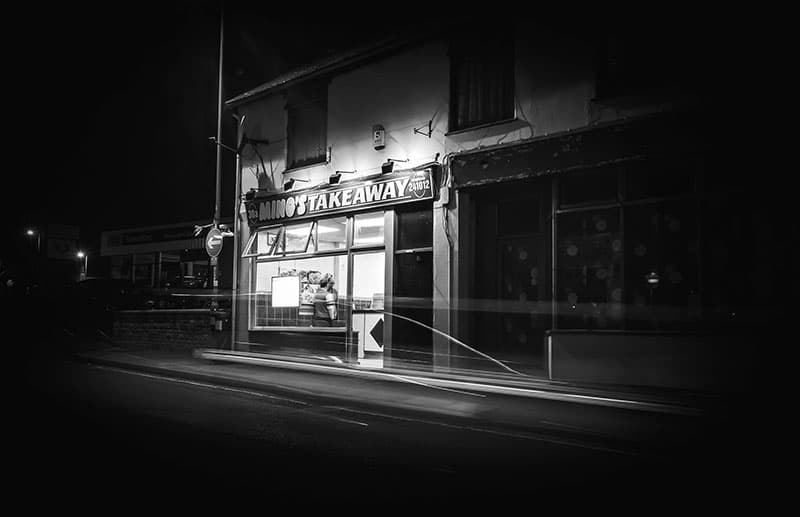
Round 7 Street Photography 24 points
Is there one camera/lens that you find yourself using more than any others?
I have just two cameras – a Sony Alpha 7 and a Sony Cyber-shot DSC-RX100. They’re both wonderful for very different reasons. I take my Sony RX100 everywhere, even on the school run. I’ve used it for quite a few of the images submitted this year. But as I plan most of my photographs, the Sony Alpha 7 has proven to be indispensable.
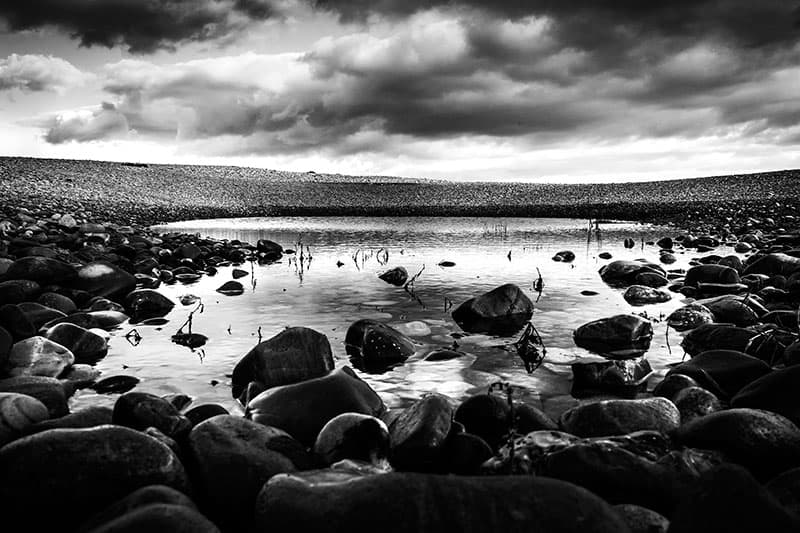
Round 8 Black & White no points
Do have any accessories that you can’t live without?
I don’t know if I could cope without my post-processing tools. Darkroom techniques fascinate me, and although they are not as widely used today the techniques and approaches can still be applied digitally.
I quite like improvising with my kit, such as making my own diffusers and experimental lighting. For instance, my daughter’s light-up toys, torches and glow sticks, black lights and computer tablets can cast unusual pools of colour and make great light-painting tools. I also am fond of a tube light that I think is intended for use when working under cars. I found it in my husband’s shed and it emits this intense, almost pale-green, light. It’s fantastic, and creates a wonderful atmosphere.
Penny’s image placements in APOY 2016
Round 1 – Abstract 44 points
Round 2 – The Wider Perspective – didn’t score
Round 3 – People 40 points
Round 4 – Wildlife 22 points
Round 5 – Macro 48 points
Round 6 – Landscape 28 points
Round 7 – Street Photography 24 points
Round 8 – Black & White – didn’t score
See all the round announcements and results


